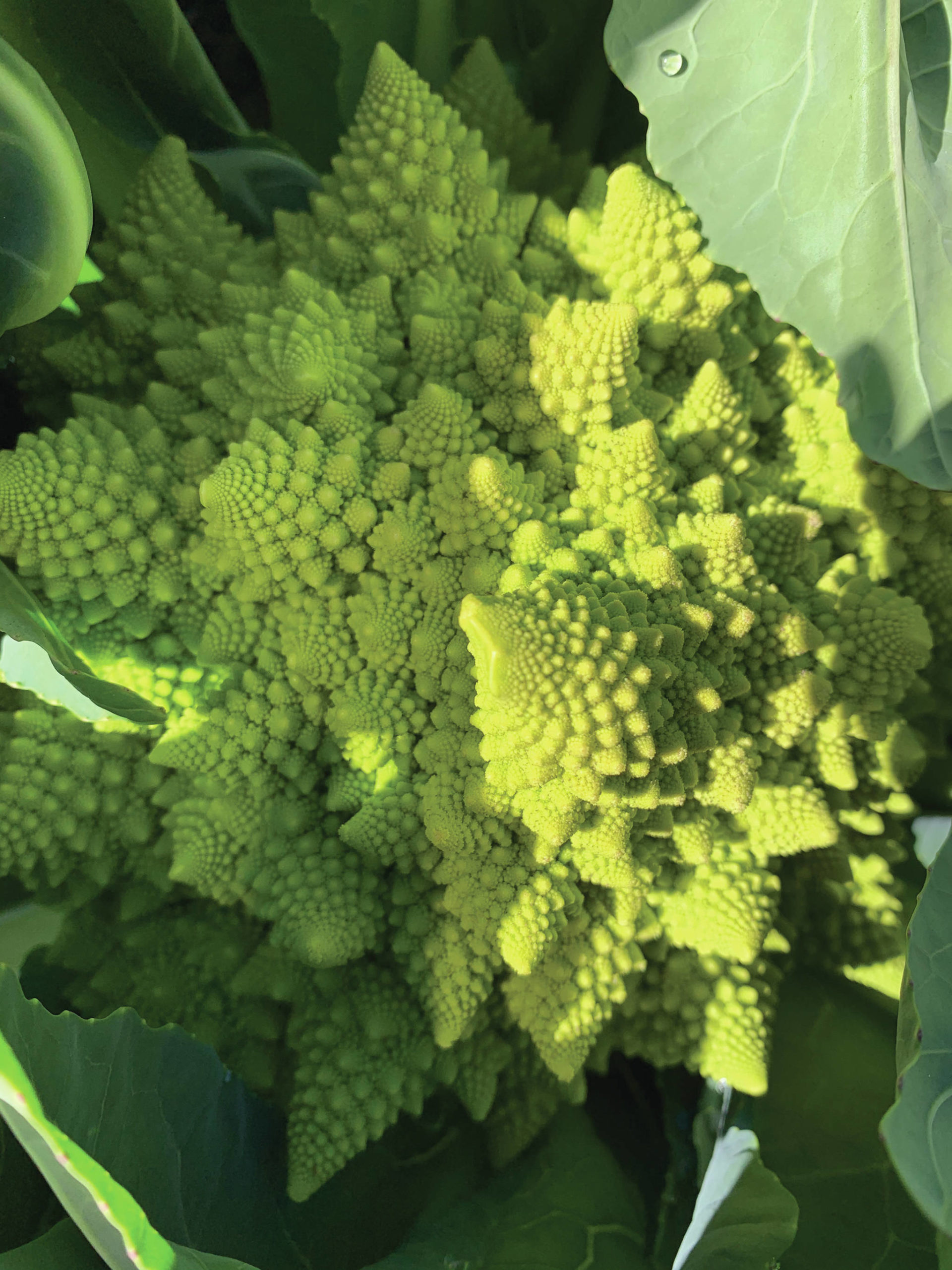It’s 7:30 in the morning, I step out to survey our realm and am greeted by the twin moose calves that were born in the neighborhood this spring. They are, fortunately, on the other side of the ski gate. Once again I am grateful for the fence.
Their mother comes along and the trio make their way along the fence line, beautiful beasts. I notice that the air is alive with a fluttering cloud of yellow warblers. There seems to be good foraging here that keeps them around most of the day. Here comes a hummingbird, checking me out with a bossy inquisitiveness. The honeybees are thick on the verbascum “Bold Queen.” Through it all the winter wren is singing for all its worth, a male seeking a mate to finish out the summer breeding season.
This bird’s song is new to John and me. We have had Pacific wrens (Troglodytes pacificus, also known as the Western winter wren) here for the last five years, but we thought they were silent, not a peep to be heard. Then this marvelous song starts about 10 days ago. I managed to get a good recording of it and took it to Lee Post who made the identification for us and gave us some background information. I then consulted with ornithologist Betsy Webb who said, “He’s singing because it’s still the summer breeding season and he’s maintaining a territory. Also, males may have multiple nests in one season with different females.”
All of this before eight in the morning. I spend enough time in the garden that I have become part of the landscape for the creatures. At least they don’t think I’m a scarecrow.
I want to talk about mock orange shrubs, again. Mine are still in bloom although they are starting to drop their petals, which is somewhat charming unto itself. My three are about 12 feet tall and 8 feet wide. They have an arching habit and need nothing from you. They love it here. I am often asked if the moose will eat them and my stock answer to this is: moose will eat anything and everything. But I might be mistaken. There are three huge specimens on my street that are unfenced, unguarded, free spirits. This neighborhood has its share of year-round moose and these shrubs have not had any significant damage.
I have also been keeping watch on the ones that are planted in front of the Kachemak Bay College on Pioneer Avenue. They appear to be free of moose intrusion. But, unfortunately, some misguided soul has pruned them into a box shape. Please don’t do this — honor the arching habit. Be sure to give them enough room to display their glory and try to put one in your line of sight from inside the house, you don’t want to miss anything.
I had a friend describe the perennial beds as a “tapestry.” Indeed. As I cut down the spent plants such as the veronica the Asiatic lilies now have a chance to rise to the occasion. The dianthus deltoides are glorious. There are four different kinds out here but I lean on Arctic Fire. This one came with me from Mile 15 East End Road 20 years ago and has been divided a million times, moved, trod on by both humans and Jade the Dog, but it keeps on blooming. I’m not arguing with that kind of performance.
You may think I’m all about the flowers and you would be correct. This is the time of year to savor every second of color, every bloom, every scent (the mock orange excels here). On the other hand the vegetable plot is all about harvest, about the pending end of the season. I don’t want to think about it. But harvest I do. The broccoli and romanesque cauliflower, although they got off to a rocky start, are magnificent this year. Every day sees a few of them head to the freezer. The strawberries have had an excellent season, therefore so have we, with plenty enough left for the grands to pick all they want. The raspberries and black currants are coming on.
No need to pull the whole potato plant but do reach in and gather enough for a meal. Early potatoes are the best. The Bolero carrots are excellent fresh and store successfully, a win/win in the carrot world.
August is usually our rainy month and that will bring on the slugs, so you will need to harvest and keep at it until it’s done. Better in your freezer/pantry then ruined by slugs. As you harvest, clean up after yourself. Leaving the trimmings will only encourage the slugs. Chop up everything (we use a machete) and toss it on the compost.
The greenhouse continues to produce amazing tomatoes, beans and cucumbers although the basil has been puny all year. I started with three plants, got a batch of pesto, started three more, and now there is enough to go with the tomatoes and fresh mozzarella. But where is the lush plant that I see at other gardens? Not here. I’ve started three more. Try, try again.
My hope, my goal for you is that you are enjoying your garden.
Rosemary Fitzpatrick is a longtime Homer gardener and has been writing Kachemak Gardener since 1990.


